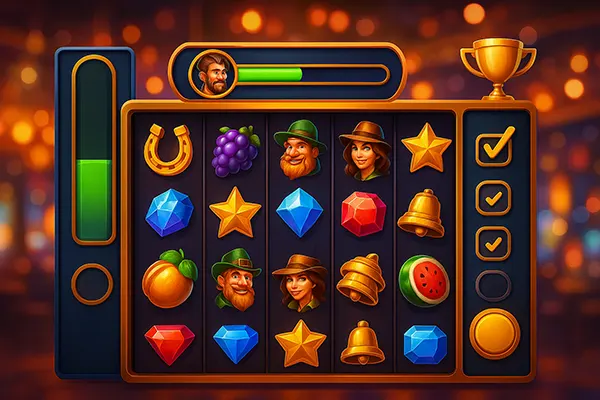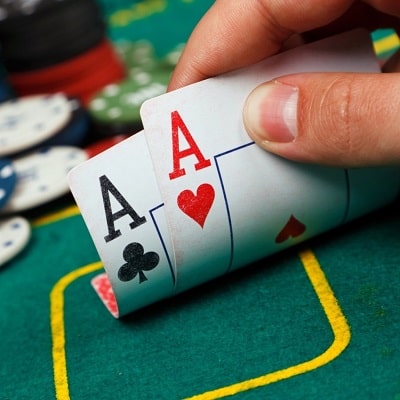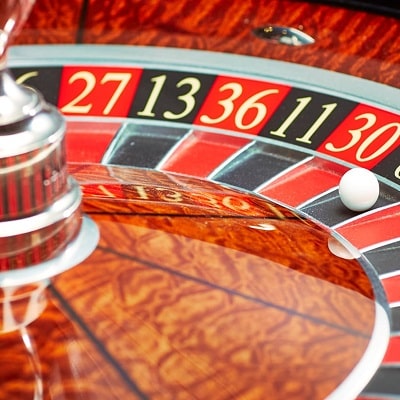Gamification in Slots: How Video Game Elements Enhance Player Engagement

Gamification has become one of the most transformative approaches in modern slot development. By borrowing mechanics from video games—such as progression systems, achievements, and interactive challenges—game providers have redefined how players interact with slot machines. This integration not only boosts entertainment but also encourages longer engagement without compromising responsible gambling principles.
Understanding Gamification in Slot Design
Gamification in slots refers to the use of game-like elements designed to create a more immersive and rewarding experience. Instead of relying solely on reels and paylines, many modern slots now include missions, storylines, and competitive leaderboards. This allows players to feel like active participants rather than passive observers.
For example, developers like Play’n GO and NetEnt have introduced slots with levels and collectible symbols, where each spin contributes to progress. These features appeal to players who enjoy clear goals and a sense of accomplishment—something traditional slots often lacked.
Another core feature of gamification is the introduction of in-game currencies or tokens. These can be earned through gameplay and used to unlock bonus rounds or visual upgrades. By doing so, developers ensure consistent engagement while maintaining transparency about the reward system.
The Role of Psychology in Gamified Slots
The success of gamification lies in its psychological foundation. Human behaviour is strongly influenced by achievement and progress tracking, which is why badges, experience points, and level-ups have proven so effective. Players experience satisfaction from completing tasks, even when no monetary reward is involved.
Moreover, features such as daily missions and time-limited challenges use behavioural triggers similar to those found in mobile gaming. This approach keeps users motivated to return regularly, as they perceive each session as a new opportunity to progress rather than a repetition of the same gameplay loop.
Importantly, responsible developers design these mechanics with player well-being in mind. They include optional goals and clear reminders to prevent excessive play, aligning with current European gaming regulations and promoting sustainable entertainment.
Popular Gamification Features in Modern Slots
Modern slot games incorporate several forms of gamification that resonate with different player types. One of the most widespread examples is the “level-up” system, where users unlock new backgrounds, themes, or bonus rounds as they advance. This creates a sense of narrative progression similar to that found in adventure games.
Another increasingly common mechanic is the inclusion of tournaments or social leaderboards. Players can compete against others in real time for prizes or recognition, adding a community-driven dimension to slot play. This social competition element transforms solitary gaming into an interactive experience.
Finally, personalisation plays a growing role. Some slot games now allow players to select avatars, customise reel animations, or adjust game interfaces. This level of control reinforces the emotional connection between the player and the game, which is key to maintaining engagement.
Examples of Gamified Slot Titles
Several titles released between 2023 and 2025 showcase how advanced gamification has become. NetEnt’s “Space Wars 2” features a campaign-style structure with multiple planets to unlock, while Play’n GO’s “Legacy of Inca” integrates mission-based objectives tied to bonus features. Pragmatic Play has also introduced its “Adventure Paths,” where spins contribute to exploration maps leading to progressive rewards.
These games not only demonstrate technical innovation but also highlight the industry’s shift towards entertainment-led design. By merging storytelling with traditional gambling, studios are appealing to younger audiences who grew up with interactive digital experiences.
Industry data indicates that gamified slots now account for more than 40% of new releases in European markets as of 2025. This growth reflects both technological advancement and a demand for more engaging, transparent, and responsible gaming environments.

The Future of Gamification in the Slot Industry
Looking ahead, gamification is expected to become even more sophisticated. Developers are already experimenting with adaptive systems that adjust challenges based on user behaviour, ensuring a balanced experience tailored to each player’s preferences and limits.
Artificial intelligence and blockchain technology also play a role in this evolution. AI can personalise tasks or bonus paths, while blockchain ensures the integrity of achievements and rewards, increasing transparency and player trust. These innovations align with regulatory priorities on fairness and consumer protection.
Additionally, the collaboration between gaming studios and tech companies is leading to the creation of hybrid slot experiences that combine skill elements with chance. This trend is likely to continue shaping the future of the gambling industry, making it more interactive and ethically responsible.
Ethics and Responsible Gamification
Despite the popularity of gamification, developers and operators must maintain ethical standards. The main challenge lies in balancing engagement with responsible play. Overly rewarding structures or endless missions could encourage excessive play, which goes against the industry’s sustainability goals.
To address this, regulators and responsible gambling organisations are introducing clearer guidelines. These include transparency in progression systems, optional achievements, and reminders to take breaks. Many licensed operators in Europe have already integrated these tools into their systems by 2025.
Ultimately, gamification should enhance enjoyment, not create dependency. When implemented thoughtfully, it represents a step forward in making slot gaming more dynamic, transparent, and aligned with user well-being.




